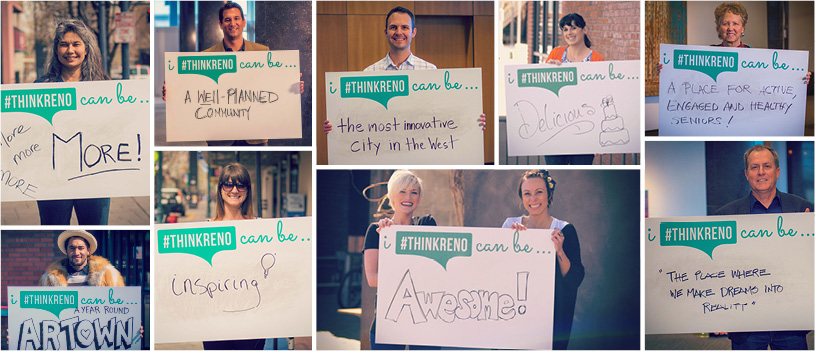
Monica Thompson, City of Reno, NV “Not some boring, Jerry Gergich-type government worker. I’m more of a Steve Harvey. I dream big, I shake things up and I always wear dope suits.” In her column, she will share her experiences and advice for a successful communications platform.

By Monica Thompson – LinkedIn, Twitter, and Website
Tell me if this scenario sounds familiar:
Pre-Community Meeting
Department: “We need to host a community meeting for x.”
Communications Team: “Great, let’s do some traditional and digital outreach.”
Post-Community Meeting
Department: “We had some people attend the meeting. Great job, team.”
Communications Team: “Some people attended the meeting. Great job, team.”
Let’s assume community meeting “x” actually offered an early opportunity for residents to participate and resident input was taken into consideration during the decision making process. Let’s also assume residents who attended were kept in the loop throughout the entire decision making process. What’s missing here?
Beyond Checking the Box
Before I started my current position as Digital Engagement Manager at the City of Reno, the Office of Communications and Community Engagement had started leveraging traditional and digital media channels: community meetings, website, Constant Contact, Twitter, Facebook, Pinterest, LinkedIn and YouTube. How was Reno measuring success? Similar to many government agencies by checking a box next to a task that needed completing. “We need to provide outreach for community meeting “x”. We provided outreach for community meeting “x” and people attended. Success.”
When I started at Reno, one of my first tasks was to develop an analytics program for the communications department, a way to quantify both traditional and digital engagement outreach efforts.
Why an Analytics Program?

Whether you realize it, you are tracking analytics in your daily life, from stepping on a scale to tracking steps with one of the latest wearables. Why do we do this? To measure how we’re performing, right? “I’ve lost 20 pounds, awesome! That extra 20 minutes of cardio must be working.” “My steps are 100 fewer today than yesterday, bummer. I better take a longer route to work tomorrow.” The purpose for launching a marketing analytics program is no different.
What Should You Measure?
First you must define your strategic communication goals. In Reno, one of our digital communication goals is to grow online engagement by 30 percent each quarter. We measure this goal by tracking: comments, shares, favorites, retweets and open rates.
Below is a summary of quarterly engagement analytics across our online channels. We’re measuring and comparing numbers quarter by quarter. These analytics are acquired via Hootsuite, Google Analytics and Facebook Insights.

We also track analytics for traditional communication channels, like community meetings. We re-launched the Neighborhood Advisory Board (NAB) program in July 2015. Below are couple strategic goals for the program and key analytics to track progress towards these goals.
Increasing attendance at meetings: To address the goal, we created ward-specific newsletter lists and encourage residents to subscribe. The city sends residents email alerts for upcoming meetings and monthly meeting summaries that include: a message from the respective council member, hot topics discussed and accomplishments. We are tracking new subscriptions, Open Rates (ORs), Click Through Rates (CTRs), and of course, meeting attendance.
Another strategic goal for the NAB program is increasing community input. We created online Google Forms for Agenda Reservation Forms and Project Review Forms. Our hope was to provide multiple channels for residents to provide feedback on agenda items and development projects. We are measuring the success of the approach by track the number of submissions for both forms.
Below you can view additional analytics we’re tracking for NABs 1-5 (this table is specifically for #MyNAB1).

So What?
Tracking analytics allows you to measure the success or lack of success of your outreach efforts. But beyond evaluating analytics to define or reshape communication strategies, the final component requires showing your numbers in a concise and clear report. Whether you’re providing a report to your communications director or city manager, you have to provide results in a consumable format, like perhaps an infograph.
Thanks for taking the time to read about our analytics program here at the City of Reno. I’d love to learn more about your analytics program! You can catch me on Twitter @monicaxthompson
